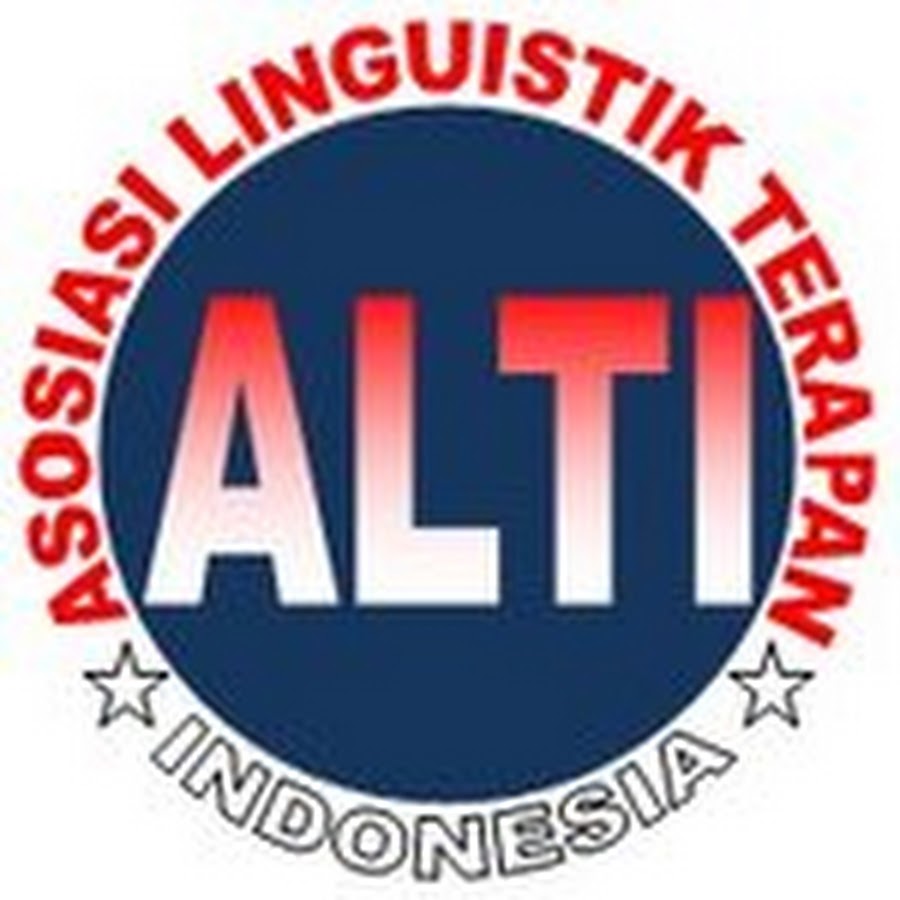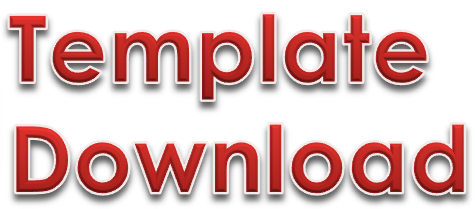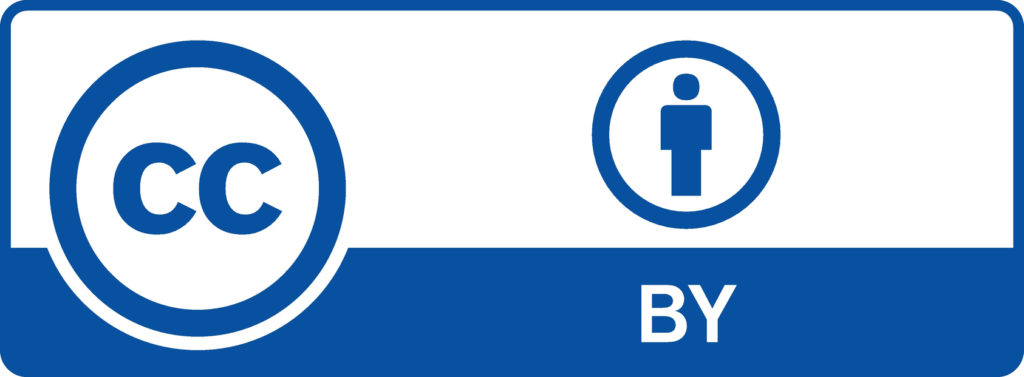Publication Ethics
The declaration statements of publication ethics define the behavior of all elements covered in the commit of publishing an article in Tamaddun Life: The Author, The editor, the peer reviewer, and the publisher.
The statement is based on publicationethics.org that covers the following duties upon the standards of expected ethical behavior for all elements.
Tamaddun Life commits oneself to the duties of the guardianship of the scholarly record, safeguard editorial independence, collaborate to set industry best practice and provide editors with technical, procedural & legal support; and educate researchers on publishing ethics over all phases publishing.
The authors, We encourage to refer to the Committee on Publication Ethics International Standards for Authors
The summary focuses on international Standards for the authors in the following
- The research being reported should have been conducted in an ethical and responsible manner and should comply with all relevant legislation.
- Researchers should present their results clearly, honestly, and without fabrication, falsification or inappropriate data manipulation.
- Researchers should strive to describe their methods clearly and unambiguously so that their findings can be confirmed by others.
- Researchers should adhere to publication requirements that submitted work is original, is not plagiarised, and has not been published elsewhere.
- Authors should take collective responsibility for submitted and published work.
- The authorship of research publications should accurately reflect individuals’ contributions to the work and its reporting.
- Funding sources and relevant conflicts of interest should be disclosed
The editor should consider the standards recommended by COPE’s Guidance for editors that applied during the editorial review :
- The Study Scientifically valid and clearly presented:
- The sample size is adequate
- The results adequately and clearly presented and explained
- Have the investigators excluded or considered the possible confounding factors and/or biases
- The contribution of the study sufficiently to knowledge to make acceptance and publication a possibility
- The ethical harms have been minimized
- If there is doubt about local law or regulations
The editor should clarify those items are applied when considering the manuscripts.





